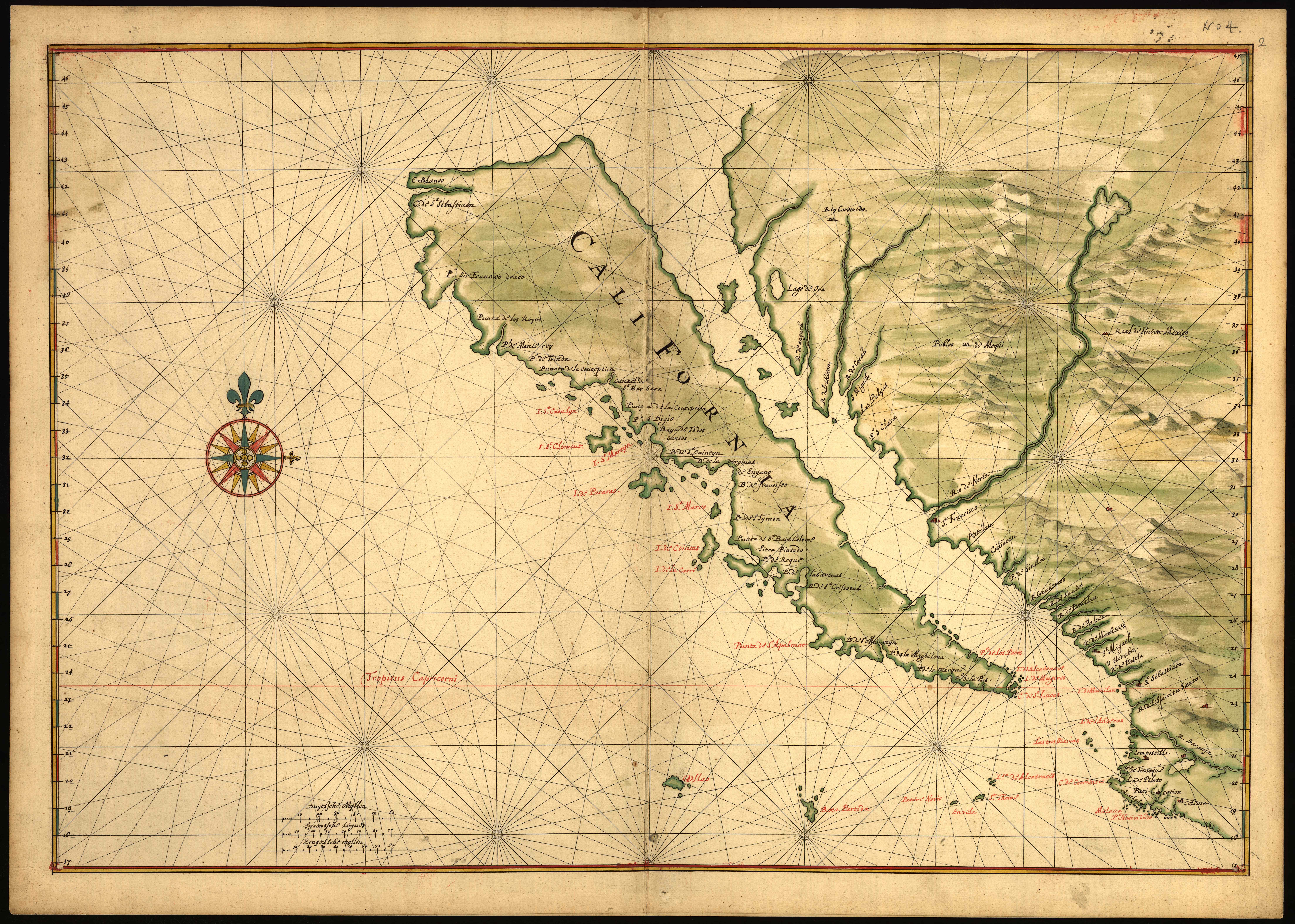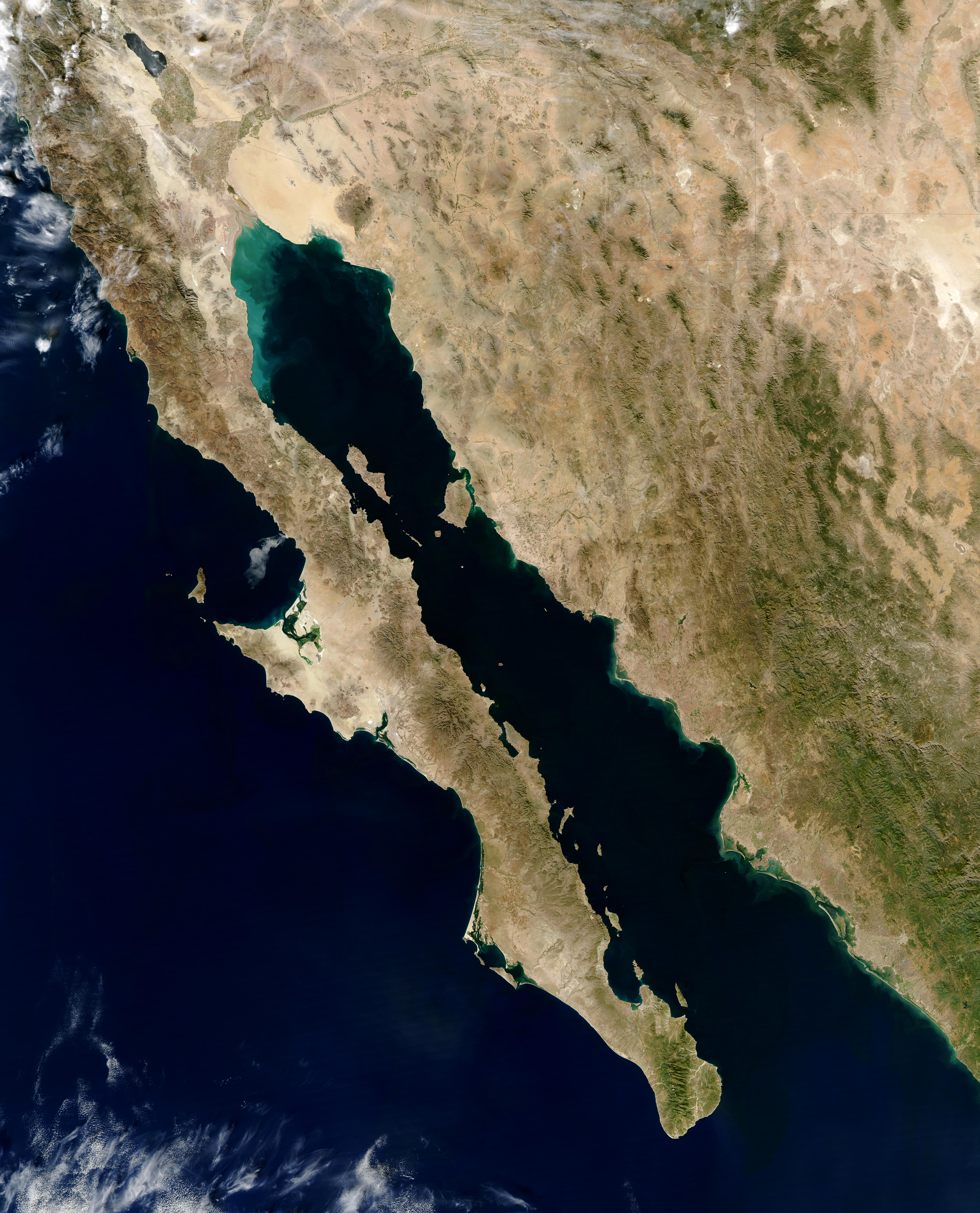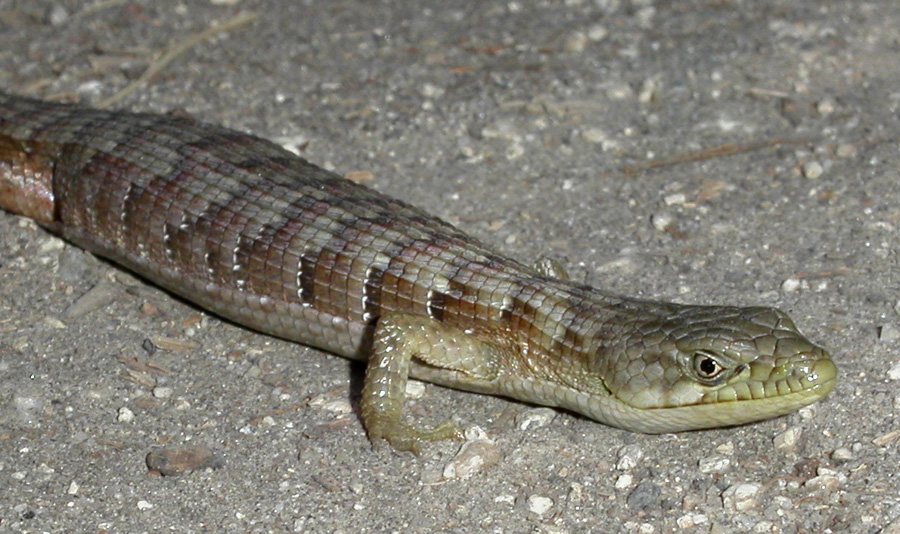|
Isla San Martín
Isla San Martín is an island in the Pacific Ocean west of the Baja California Peninsula. The island is uninhabited and is part of the Ensenada Municipality. Biology Isla San Martín has six species of reptiles: ''Anniella geronimensis'' (Baja California legless lizard), ''Diadophis punctatus'' (ring-necked snake), '' Elgaria multicarinata'' (southern alligator lizard), '' Hypsiglena ochrorhynchus'' (coast night snake), ''Pituophis catenifer'' (gopher snake), and ''Uta stansburiana The common side-blotched lizard (''Uta stansburiana'') is a species of side-blotched lizard in the Family (biology), family Phrynosomatidae. The species is native to dry regions of the western United States and northern Mexico. It is notable for ...'' (common side-blotched lizard). Formerly, the San Martin Island woodrat lived on the island, until it became extinct due to predation by feral cats. References *http://herpatlas.sdnhm.org/places/overview/isla-san-mart%C3%ADn/42/1/ * {{DEFAULTSORT ... [...More Info...] [...Related Items...] OR: [Wikipedia] [Google] [Baidu] |
Islands Of Baja California
The Californias region, which comprises California and the Baja California Peninsula, includes many coastal islands in the Pacific Ocean. California is in the United States; and the Baja California Peninsula includes the Mexican states of Baja California Sur and Baja California. Although the waters and islands are in two countries, many of the ecoregion, habitat, conservation, and ecological issues are shared. Islands off the Northern and Central California coasts * Farallon Islands * Año Nuevo Island Channel Islands of California The Channel Islands of California, United States: * Anacapa Island * San Miguel Island * Santa Cruz Island * Santa Rosa Island * San Clemente Island * San Nicolas Island * Santa Barbara Island * Santa Catalina Island Coastal islands of Baja California Peninsula The Pacific Coast islands of the Baja California Peninsula, Mexico: * Alijos Rocks * Cedros Island * Coronado Islands * Espiritu Santo Island * Guadalupe Island * Natividad Island * Sa ... [...More Info...] [...Related Items...] OR: [Wikipedia] [Google] [Baidu] |
Gulf Of California
The Gulf of California (), also known as the Sea of Cortés (''Mar de Cortés'') or Sea of Cortez, or less commonly as the Vermilion Sea (''Mar Vermejo''), is a marginal sea of the Pacific Ocean that separates the Baja California peninsula from the Mexico, Mexican mainland. It is bordered by the states of Baja California, Baja California Sur, Sonora, and Sinaloa with a coastline of approximately . Rivers that flow into the Gulf of California include the Colorado River, Colorado, Fuerte River, Fuerte, Mayo River (Mexico), Mayo, Sinaloa River, Sinaloa, Sonora River, Sonora, and the Yaqui River, Yaqui. The surface of the gulf is about . Maximum depths exceed because of the complex geology, linked to plate tectonics. The gulf is thought to be one of the most diverse seas on Earth and is home to more than 5,000 species of micro-invertebrates. Parts of the Gulf of California are a UNESCO World Heritage Site. Geography History The marine expeditions of Fortún Ximénez, Hernán Cort� ... [...More Info...] [...Related Items...] OR: [Wikipedia] [Google] [Baidu] |
Mexican State
A Mexican State (), officially the Free and Sovereign State (), is a constituent federative entity of Mexico according to the Constitution of Mexico. Currently there are 31 states, each with its own constitution, government, state governor, and state congress. In the hierarchy of Mexican administrative divisions, states are further divided into municipalities. Currently there are 2,462 municipalities in Mexico. Although not formally a state, political reforms have enabled Mexico City (), the capital city of the United Mexican States to have a federative entity status equivalent to that of the states since January 29, 2016. Current Mexican governmental publications usually lists 32 federative entities (31 states and Mexico City), and 2,478 municipalities (including the 16 boroughs of Mexico City). Third or lower level divisions are sometimes listed by some governmental publications. List of federative entities Mexico City, though not formally a state, is included for com ... [...More Info...] [...Related Items...] OR: [Wikipedia] [Google] [Baidu] |
Baja California
Baja California, officially the Free and Sovereign State of Baja California, is a state in Mexico. It is the northwesternmost of the 32 federal entities of Mexico. Before becoming a state in 1952, the area was known as the North Territory of Baja California (). It has an area of (3.57% of the land mass of Mexico) and comprises the northern half of the Baja California peninsula, north of the 28th parallel, plus oceanic Guadalupe Island. The mainland portion of the state is bordered on the west by the Pacific Ocean; on the east by Sonora, the United States on the north and on the south by Baja California Sur. The state has an estimated population of 3,769,020 as of 2020, significantly higher than the sparsely populated Baja California Sur to the south, and similar to San Diego County, California, and Imperial County, California, to its north. Over 75% of the population lives in Mexicali (the state's capital city), Ensenada, or Tijuana (the state's largest city). Other impo ... [...More Info...] [...Related Items...] OR: [Wikipedia] [Google] [Baidu] |
Island
An island or isle is a piece of land, distinct from a continent, completely surrounded by water. There are continental islands, which were formed by being split from a continent by plate tectonics, and oceanic islands, which have never been part of a continent. Oceanic islands can be formed from volcano, volcanic activity, grow into atolls from coral reefs, and form from sediment along shorelines, creating barrier islands. River islands can also form from sediment and debris in rivers. Artificial islands are those made by humans, including small rocky outcroppings built out of lagoons and large-scale land reclamation projects used for development. Islands are host to diverse plant and animal life. Oceanic islands have the sea as a natural barrier to the introduction of new species, causing the species that do reach the island to evolve in isolation. Continental islands share animal and plant life with the continent they split from. Depending on how long ago the continental is ... [...More Info...] [...Related Items...] OR: [Wikipedia] [Google] [Baidu] |
Ensenada Municipality, Baja California
Ensenada is a municipality in the Mexican state of Baja California. It is the fourth-largest municipality in the country, with a land area of in 2020, making slightly smaller than the state of Hidalgo and larger than five other Mexican states. Located offshore, Cedros Island and Guadalupe Island are part of the municipality, making Ensenada the westernmost municipality in Mexico and Latin America. Incorporated on May 15, 1882 as the northern partido of the Baja California Territory, it became a municipality of the state of Baja California on December 29, 1953. The municipality shares borders with every other municipality in the state: Tijuana, Playas de Rosarito and Tecate to the north, Mexicali and San Felipe to the east and southeast and San Quintín to the south. Its municipal seat is Ensenada, a port lying near the northwest corner of the municipality. In 2009 a massive project was announced to build what would be Mexico's largest port in Punta Colonet, a larg ... [...More Info...] [...Related Items...] OR: [Wikipedia] [Google] [Baidu] |
Reptile
Reptiles, as commonly defined, are a group of tetrapods with an ectothermic metabolism and Amniotic egg, amniotic development. Living traditional reptiles comprise four Order (biology), orders: Testudines, Crocodilia, Squamata, and Rhynchocephalia. About 12,000 living species of reptiles are listed in the Reptile Database. The study of the traditional reptile orders, customarily in combination with the study of modern amphibians, is called herpetology. Reptiles have been subject to several conflicting Taxonomy, taxonomic definitions. In Linnaean taxonomy, reptiles are gathered together under the Class (biology), class Reptilia ( ), which corresponds to common usage. Modern Cladistics, cladistic taxonomy regards that group as Paraphyly, paraphyletic, since Genetics, genetic and Paleontology, paleontological evidence has determined that birds (class Aves), as members of Dinosauria, are more closely related to living crocodilians than to other reptiles, and are thus nested among re ... [...More Info...] [...Related Items...] OR: [Wikipedia] [Google] [Baidu] |
Anniella Geronimensis
''Anniella geronimensis'', also known as the Baja California legless lizard, is a species of legless lizard found in Mexico. References Anniella Reptiles described in 1940 Lizards of North America Fauna of Mexico {{lizard-stub ... [...More Info...] [...Related Items...] OR: [Wikipedia] [Google] [Baidu] |
Diadophis Punctatus
''Diadophis punctatus'', commonly known as the ring-necked snake or ringneck snake, is a small, harmless species of colubrid snake found throughout much of the United States, as well as south in Central Mexico and as far north as Quebec, Canada. Ring-necked snakes are generally fossorial and somewhat secretive, by nature, and, as a nocturnal species, are rarely seen during the daytime. These snakes are believed to be fairly abundant throughout most of their range, though no scientific evaluation supports this hypothesis. Scientific research is lacking for the species, despite their apparently common status, and more in-depth investigations are greatly needed. It is the only species within the genus ''Diadophis'' and, currently, 14 subspecies are identified, though many herpetologists question the morphologically based classifications. The ring-necked snake is perhaps best known for its unique defensive posture: when threatened, it curls its tail into a tight coil, partially rol ... [...More Info...] [...Related Items...] OR: [Wikipedia] [Google] [Baidu] |
Elgaria Multicarinata
The southern alligator lizard (''Elgaria multicarinata'') is a common species of lizard in the family Anguidae. The species is native to the Pacific coast of North America. It ranges from Baja California to the state of Washington and lives in a variety of habitats including grasslands, chaparral, forests, and even urban areas. In dry climates, it is likely to be found in moist areas or near streams. There are five recognized subspecies. Subspecies The following five subspecies are recognized as being valid, including the nominotypical subspecies. *''Elgaria multicarinata ignava'' *''Elgaria multicarinata multicarinata'' *''Elgaria multicarinata nana'' *''Elgaria multicarinata scincicauda'' *''Elgaria multicarinata webbii'' Taxonomy and etymology The generic name ''Elgaria'' is possibly named for an "Elgar" or a pun on "alligator." The specific name ''multicarinata'' refers to the keeled scales characteristic of this species. The common name "alligator lizard" is a referen ... [...More Info...] [...Related Items...] OR: [Wikipedia] [Google] [Baidu] |
Hypsiglena Ochrorhynchus
''Hypsiglena ochrorhynchus'', also known commonly as the coast night snake and the spotted night snake, is a species of snake in the subfamily Dipsadinae of the family Colubridae. The species is native to California in the United States and to the Baja California Peninsula in Mexico. There are eight recognized subspecies. Reproduction ''H. ochrorhynchus'' is oviparous. Subspecies Eight subspecies are recognized as being valid, including the nominotypical subspecies. *''Hypsiglena ochrorhynchus baueri'' *''Hypsiglena ochrorhynchus gularis'' *''Hypsiglena ochrorhynchus klauberi'' *''Hypsiglena ochrorhynchus martinensis'' *''Hypsiglena ochrorhynchus nuchalata'' *''Hypsiglena ochrorhynchus ochrorhynchus'' *''Hypsiglena ochrorhynchus tortugaensis'' *''Hypsiglena ochrorhynchus venusta'' Etymologies The subspecific name, ''baueri'', is in honor of American entrepreneur Harry J. Bauer (1886–1960) for his support of the 1958 Puritan-American Museum expedition to Baja Califor ... [...More Info...] [...Related Items...] OR: [Wikipedia] [Google] [Baidu] |







